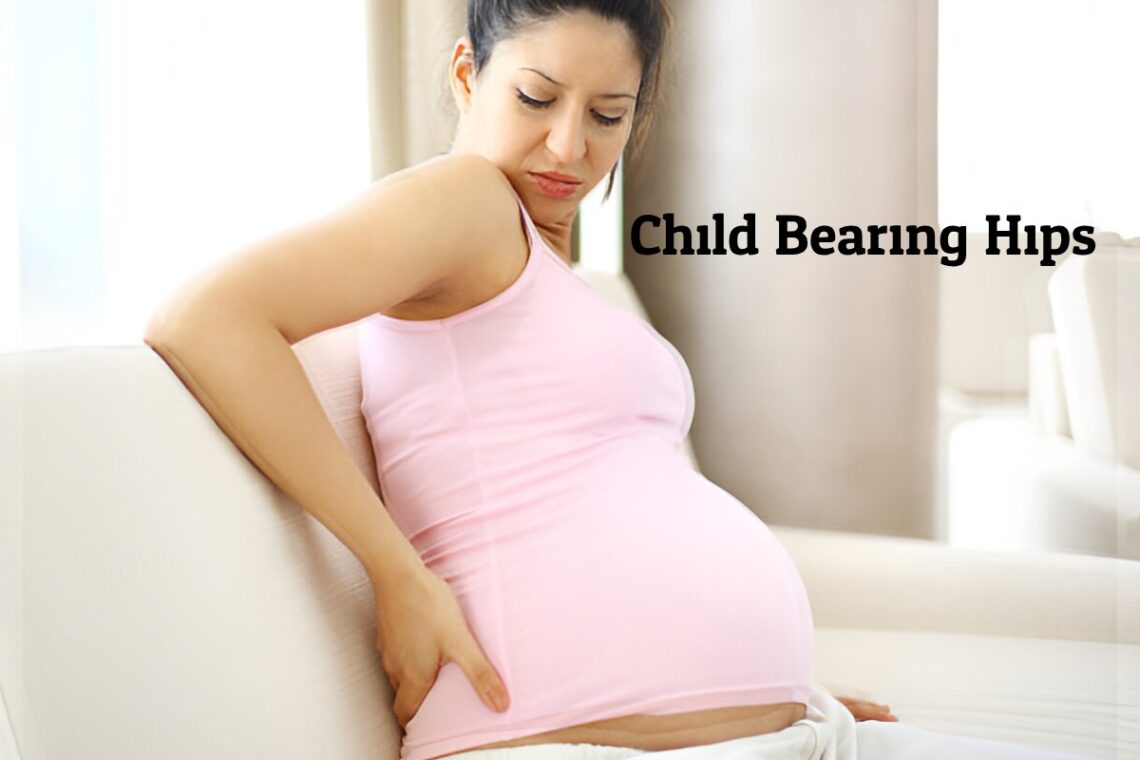Child Bearing Hips is a way to describe women with wider or larger hips. This term is a little more technical than many people realize. At least four main types of pelvic structures can influence a woman’s ability to carry and birth a child. However, many factors come into play that influence the ease of birthing a child.
What are Child Bearing Hips?
When someone refers to a woman as having “Child Bearing Hips,” they refer to the fact that a woman has wider or larger hips. Many must realize that childbearing hips usually refer to a woman’s pelvic structure, not her hips. A wider pelvic structure can make carrying and birthing a child easier, but this is not the only factor at play.
Pelvic Shapes That Influence Child Bearing
Four main types of pelvic shapes can influence childbearing: gynecoid, anthropoid, android, and platypelloid.
Gynecoid Pelvis
The pelvis is described as wide and shallow in case of a gynecoid pelvis. This makes it possible for the baby to be accommodated more in the pelvis during delivery. This is a common pelvic shape and most women with childbearing hips have this pelvis.
Anthropoid pelvis
The anthropoid pelvis is also a common shape. This pelvis is wider from front to back rather than left to right. Anthropoid pelvis shapes are less open and may cause a woman to carry most of her weight in the buttocks and abdomen, rather than the hips. If you have an anthropoid pelvis, it may cause longer labor than a woman with a gynecoid pelvis may experience.
Android Pelvis
The android pelvis is often seen in taller women. Smaller buttock muscles and a narrow pubic arch characterize this type of pelvic shape. Women with an android pelvis may have more difficult labor, but they are certainly still capable of having natural births.
Platypelloid pelvis
The platypelloid pelvis is one of the more narrow structures. This pelvis can make childbirth more difficult since it can take longer for the baby to enter the pelvis. A platypelloid pelvis differs from an android pelvis because it has a wider sub-pubic arch. This makes labor easier once the baby enters the pelvis.
Why are Wide Hips good for Child Bearing?
Wide hips can be optimal for childbearing since they make it easier for the baby’s head to engage in the pelvis, speeding labor along. Once the baby’s head descends into the pelvis, it signals a release of oxytocin which helps to stimulate contractions to push the baby out.
It is important to remember that all women undergo body changes throughout pregnancy to make childbirth easier. Regardless of your pubic shape, your body will release hormones during pregnancy to help your pubic joints and ligaments relax and open up to prepare for childbirth.
What Other Factors influence Child Bearing?
Many factors at play influence a woman’s experience with giving birth. A birth may be easier or more difficult depending on your baby’s size, position, strength of contractions, and the mother’s health.
Baby’s size
Your baby’s size can affect the type of birth you have. Even a woman with a wider pelvic shape can have a difficult delivery if her baby is larger. If the baby is wider than the hips, it will slow delivery, just like a woman with a more narrow pelvis trying to deliver a regular-sized baby.
Baby’s position
A baby’s position plays a major role in the ease of delivery. Typically, you want your baby in a head-down position in which they are facing your back. This is also called cephalic presentation. If your baby is in a more anterior position, meaning their back is up against your back, it can be more difficult for them to move down and progress labor. Doing certain exercises and getting chiropractic care during pregnancy can help to get your baby into an optimal birthing position.
Mother’s position
The mother’s position also determines whether the labor progresses well. Moving frequently and changing positions can help the baby settle into an optimal birthing position. Being upright also helps gravity push down the baby to move into the pelvis. It can be difficult to move during contractions since they are painful but relaxing and breathing as much as you can help to progress the labor. You can also try changing positions and moving between contractions if that is easier.
Strength of the contractions
Contractions are what help to push the baby out of the uterus. If contractions are weak, then labor will progress slowly.
Mother’s Health
Your health can influence your birthing experience. A vaginal delivery requires a lot of strength and energy, and having the stamina to withstand it requires you to be in good health. It is important to take care of yourself throughout pregnancy and exercise regularly to help prepare for a natural birth.
Feeling safe
It is essential for a mother to feel safe during childbirth for labor to progress. If you are surrounded by people who make you uncomfortable or the circumstances are stressing you out, your body will tense up, making it hard for labor to progress. On the contrary, being surrounded by supportive, loving people in a calm environment helps your body relax and go into labor.

